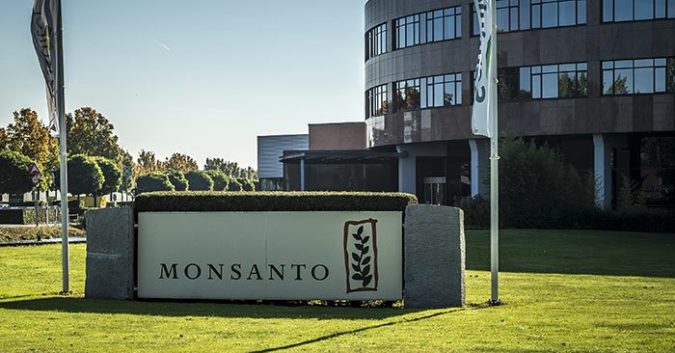A federal judge just released internal documents from chemical giant Monsanto that suggest the company has intentionally and systematically covered up safety and research practices pertaining to their product Roundup®, a widely-used weed killer. Judge Vince Chhabria oversaw the release of the records. He is presiding over a case brought by plaintiffs claiming that the active ingredient in Roundup, glyphosate, caused them to develop non-Hodgkin’s lymphoma.
Anyone who is paying attention knows that we are in an era where federal courts are becoming increasingly important in challenging actions taken by the administration. The latest example of the federal courts’ influence in fighting for justice is no different, though the target of such scrutiny may be.
For years, the public has questioned the safety of Roundup — and, for years, Monsanto has been able to evade repercussions of such questioning. The recently-released internal documents suggest that this is no accident, that Monsanto has carefully cultivated public relations, even allegedly rigging scientific research in their favor, in order to dispel this criticism.
Can Scientific Research about Roundup Be Trusted?
Perhaps the most alarming revelation in these documents is the suggestion that “peer-reviewed” scientific research (and the government agencies that sometimes oversee such research) cannot be trusted. How can the public make informed health decisions when it seems that “science” is now for sale to the highest bidder?
In email exchanges — both internally and between Monsanto and federal regulators — it is suggested that Monsanto wrote their own fake scientific research on the chemical glyphosate, and then later attributed that research to established academics. In this research, the chemical is “proven” as safe and not carcinogenic. In 1 internal email, Monsanto executive William F. Heydens “justifies” this practice of ghostwriting research on glyphosate. He writes: “We would be keeping the cost down by us doing the writing and [the scientists] would just edit & sign their names so to speak.”
When human lives are at the end of that corporate decision, it cannot be seen in any other way but dishonest, corrupt, and unjust.
Documents Raise Other Questions and Suspicions
Another alarming aspect of the released documents is that they suggest corrupt business practices may have infiltrated the United States government, too. A senior official at the Environmental Protection Agency (EPA) allegedly worked to halt a federal scientific review of glyphosate. It could also be considered suspicious that Monsanto was notified ahead of time — by a deputy division director at the EPA, Jess Rowland — about a recent determination by the International Agency for Research on Cancer (IARC) that stated glyphosate was a probable carcinogen, citing research linking it to non-Hodgkin’s lymphoma.
The released documents suggest that this notification — again, by a government official — allowed Monsanto to carefully prepare a public relations campaign against the international determination before its publication. The level of likely corruption here, if confirmed, is extremely unsettling and disturbing.
This also comes at a time when President Trump’s administration has proposed drastic budget cuts to agencies such as the EPA. Monsanto’s documents reveal there was disagreement within the EPA over glyphosate’s safety assessment. The troubling question, then, is this: What happens when this agency is de-funded? Will the dissenters — those who side with the safety and health of the American people — be the first to go?
